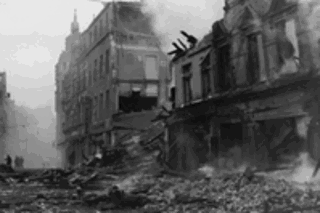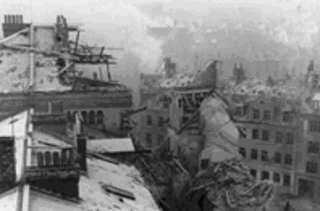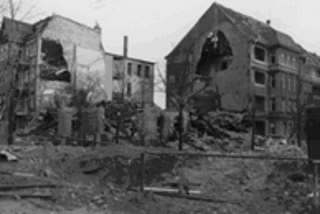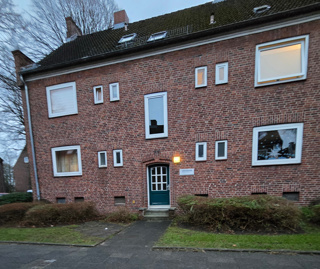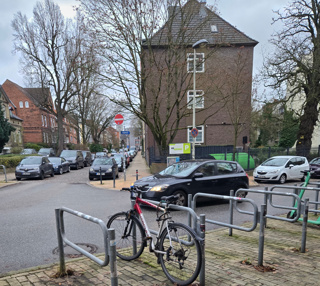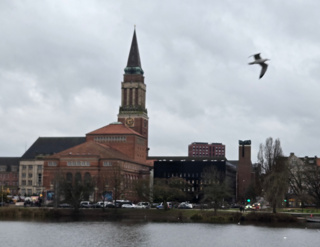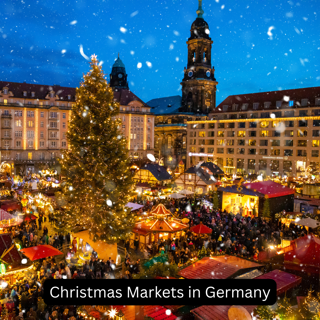January 2025
Three magical weeks in Europe took Axel and me through the heart of France, the charm of Belgium, and a week steeped in the festive wonders of Germany during Christmas—a first for me despite my many visits there. The highlight? The Christmas markets, where twinkling lights, the irresistible aroma of roasted nuts and bratwurst, and the hum of holiday joy brought my novel, The Electrician and the Seamstress, to life in unexpected ways.
Want to join me in exploring these timeless markets, their storied past, and the inspiration they hold for today? Step into the pages of history and tradition; read the rest of the story in this article.
Last updated 9 months ago
Christmas Markets in Germany
December 2024
By Monica Granlove

Axel and I recently returned from three unforgettable weeks in Europe, where we traveled through France, spent a few days in Belgium, and enjoyed a week in Germany. Though I’ve visited Germany many times throughout my life, this was my first experience there during Christmas. The Christmas markets, including the one in Kiel—where my novel The Electrician and the Seamstress is set—delighted every one of our senses.
The air was filled with the tempting aromas of roasted nuts, sizzling bratwurst, and sweet marzipan crepes. Twinkling white lights illuminated the markets, while the cool, misty rain kissed our faces and numbed our hands. Walking through Kiel’s market, I couldn't help but think about my grandparents and how their story inspired my novel.
In The Electrician and The Seamstress, Bruno and Karla’s love story is one of resilience and finding joy in life’s simple pleasures. Despite their limited resources, they savored home-cooked meals, took long walks through Kiel’s parks, and visited historic castles, creating memories that deepened their bond. During the holiday season, the couple found magic at Germany’s iconic Christmas markets.
These markets, known as Weihnachtsmärkte, have a rich history dating back to the Late Middle Ages. The first recorded market in Dresden in 1434 began as a one-day event for winter provisions. Over the centuries, these gatherings evolved into festive celebrations filled with artisanal crafts, traditional foods, and seasonal delights. Every region offers its unique specialties, from spicy gingerbread to mulled wine and roasted chestnuts.
The markets even have a darker history. During the late 1930s, they became a tool for Nazi propaganda before being paused as World War II began. It wasn't until 1948, three years after the war ended, that the markets reopened, symbolizing hope and a return to cherished traditions.
Today, these markets have become a global phenomenon, attracting visitors from around the world. While similar events have popped up in other countries, nothing compares to the authentic charm of wandering through historic German squares adorned with festive lights and filled with the scent of holiday treats. The enduring appeal of these markets lies in their ability to blend timeless traditions with modern touches, making them a beloved part of the holiday season—and for me, a poignant reminder of my grandparents’ story.
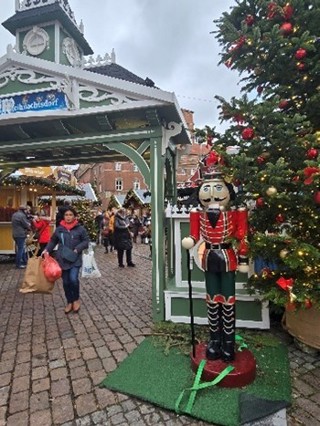
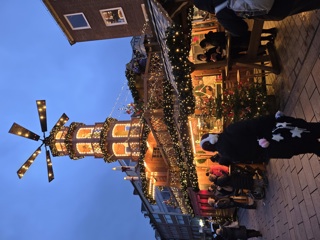
I had been to Kiel many times throughout my life but as we walked the streets of my mother’s home town, it was with a renewed sense of awe. I thought about the city that was over 80% bombed out and how my grandfather must have felt as he arrived home from Siberia after three years. The city, so clean and beautiful today, was such a contrast to the pictures of devastation.
